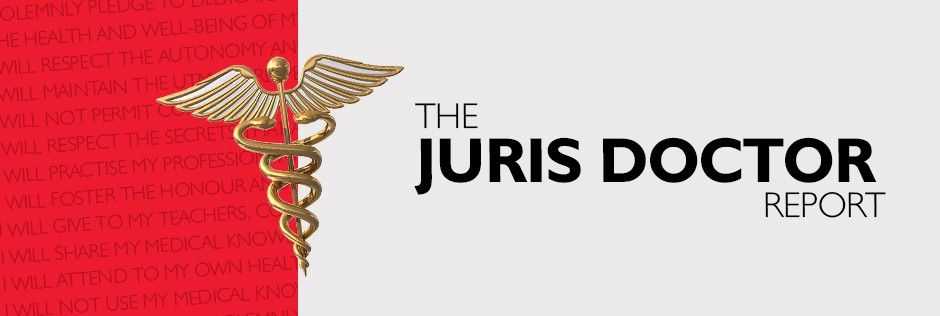For more information about this blog post, please contact Khaled J. Klele, Latoya Caprice Dawkins, Ryan M. Magee, or Labinot Alexander Berlajolli.
HHS OIG Finds That Medicare Advantage Payments From Chart Reviews Raise Concerns
HHS’s Office of Inspector General has raised concerns about the use of Medicare Advantage Organizations (MAOs) use of medical chart reviews to obtain higher payments. By analyzing the 2016 Medicare Advantage data, the OIG found that: (1) MAOs almost always used chart reviews as a tool to add, rather than to delete diagnoses; (2) diagnoses that MAOs reported only on chart reviews- and not any service records- resulted in an estimated $6.7 billion in risk-adjusted payment in 2017; (3) CMS based an estimated $2.7 billion in risk-adjusted payments that MAOs did not link to a specific service provided to a beneficiary – much less a face-to-face visit with a clinician; and (4) although limited to a small number of beneficiaries, almost half of MAOs reviewed had payments from unlinked chart reviews where there was not a single record of a service being provided to the beneficiary in all of 2016. These findings raise potential concerns about the completeness of payment data submitted to CMS, the validity of diagnoses on chart reviews, and the quality of care provided to beneficiaries. OIG recommended that CMS improve its oversight of risk-adjusted payments to MAOs, audit chart reviews and reassess the chart review system. CMS agreed with the findings and reported that it plans to begin audits that would include such chart reviews.
Fifth Circuit Declares the ACA’s Individual Mandate as Unconstitutional and Remands to District Court
On December 18, 2019, the U.S. Court of Appeals for the Fifth Circuit ruled that the Affordable Care Act’s individual mandate is unconstitutional and sent the matter back down to a district court to determine whether that provision can be removed from the rest of the ACA. The split panel found the individual mandate – previously upheld by the U.S. Supreme Court under Congress’ taxing powers— became unconstitutional when Congress scrapped its tax penalty. The majority opinion said that the panel would not rule on whether the mandate could be separated from the rest of the landmark healthcare law. Judge Elrod wrote that the case “involves a challenging legal doctrine applied to an extensive, complex, and oft-amended statutory scheme.” Judge King dissented, noting that she would vacate the lower court’s ruling because the plaintiffs lacked standing to challenge the coverage requirement. If she reached the merits, she said she would find the coverage requirements unenforceable but constitutional and totally severable from the rest of the act. The case is Texas et al v. U.S. et al.; case number 19-10011, in the U.S. Court of Appeals for the Fifth Circuit.
Medicare Drug Plans Can Pay Less to Subsidized Providers
On December 20, 2019, the U.S. Court of Appeals for the District of Columbia found that Medicare law does not require private Medicare prescription drug plans to reimburse federally subsidized health-care providers for prescription drugs at the same rates they pay nonsubsidized providers. The Court stated that while Medicare’s “not less than” provision requires private Medicare insurers, i.e., Medicare Advantage plans, to pay federally qualified health centers at least the same amount they pay other providers for medical services provided to Medicare beneficiaries, it does not apply to Medicare Part D prescription drug plans administered by private insurers. The case is Cares Community Health v. U.S. Department of Health and Human Services; case number 18-5319, in the U.S. Court of Appeals for the District of Columbia.
Tenth Circuit Upholds HHS Risk Adjustment Methodology
On December 31, 2019, the Tenth Circuit Court of Appeals upheld the methodology adopted by the Department of Health and Human Services (HHS) to administer the risk adjustment program under the ACA, reversing a district court in New Mexico that had previously concluded that part of the methodology—the use of statewide average premiums—was arbitrary and capricious. The district court struck down this part of the formula for the years from 2014 to 2018 until HHS could justify its rationale for adopting a budget-neutral risk adjustment program. This decision led to the temporary suspension of about $10.4 billion in risk adjustment payments in the summer of 2018. The Tenth Circuit disagreed with the district court’s determination, concluding that HHS’ use of the statewide average premium was not arbitrary or capricious, that the risk adjustment program must be budget neutral, and that HHS should have been given more deference. The ruling reinstates HHS’ risk adjustment methodology and means HHS need not take additional action to justify its methodology for 2014 through 2016. Risk adjustment payments based on the methodology will continue without disruption. The case is New Mexico Health Connections v. U.S. Department of Health and Human Services; case number 18-2186, in the U.S. Court of Appeals for the Tenth Circuit.




